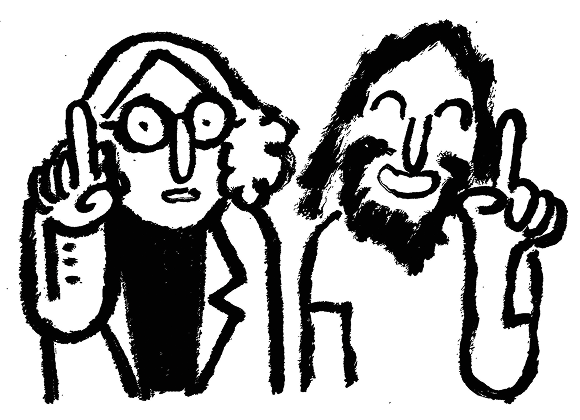After the collapse of communism in 1989, Romania was not only politically unmoored, but it also found itself culturally orphaned. The structures that once defined its creative economy, however rigid and ideologically oppressive, dissolved almost overnight. Artists, newly unshackled from state control, were thrust into a world without safety nets: no funding, no institutional support, no functioning art market. And yet, something took root in this precarious ground. What grew out of the cracks was not a unified movement but a porous, ever-evolving ecology of resistance, experimentation, and quiet audacity. Today, Romanian contemporary art is not a footnote to Western discourse; it is an active agent in reshaping it.
In order to understand how and why Romania has grown into a vital node in the global art conversation, we must first revisit the conditions from which this emergence sprang. Under Nicolae Ceaușescu’s regime, the final communist leader of the nation, visual art held a paradoxical position; it was both lionized and surveilled. On one hand, artists had access to studios, stipends, and exhibitions through the Union of Artists. On the other, the subject matter was expected to toe the ideological line, a form of soft censorship that rarely required outright banning. Until the fall of communism in Romania in December 1989, the arts were stuck in a perverse system of support that was both sustained and stifled.
Subscribe to continue reading
Learn more about our subscription plans to get the most out of The Unibrow.
View Subscription PlansAlready a subscriber? Log in




